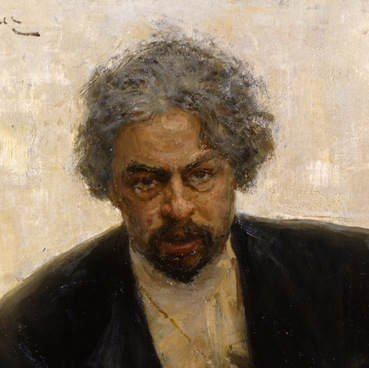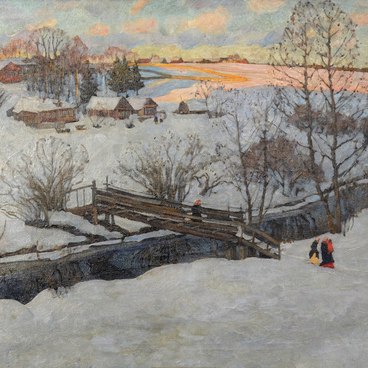Until the 17th century, there was practically no secular fine art in Russian culture, it was of a cult character and was represented by icon painting, frescoes and illustrations for manuscript church books.
At the turn of the 16th –17th centuries, icon painting was replaced by secular painting, which in many ways had not yet overcome the influence of the primitive portrait, parsuna (from the Latin word persona - person, face) - a portrait genre that arose in the Middle Ages, the similarity of images on which was real with people. Artists adhered to church canons and used planar patterned writing. Parsunas were often large, written according to certain compositional schemes and depicted exclusively ‘the greats of this world’. They conveyed the social status of a person, his importance and impressiveness. The parsuna is considered the ancestor of the portrait.
Since the beginning of the 18th century, a secular portrait has been widely used, artists of that time actively adopted European traditions, mastered artistic principles, formed their own style and their views on creativity. Simultaneously with the capital’s masters, provincial artists also worked in the portrait genre. In their work, the achievements of secular painting miraculously coexisted with the traditions of icon painting.
The portrait of the Penza nobleman, captain of the Life Guards of the Izmailovsky Regiment Pyotr Ivanovich Nirotmortsev painted by the Vologda deacon, icon painter and artist Ivan Vasiliev, is almost contemporary to the works of Dmitry Grigoryevich Levitsky and Fedor Stepanovich Rokotov. However, in style and in the nature of visual techniques, it resembles “parsuna” portraits in which the figure of a person increased in size, becoming more monumental and, at the same time, more static.
“Pushed” towards the viewer by an even, neutral background, it existed not in space, but in a plane, and itself became flatter, although the head and hands were written voluminously. It should be noted that the details of the suit: lace, a scarf, an officer badge and galloons - are spelled out extremely carefully here.



